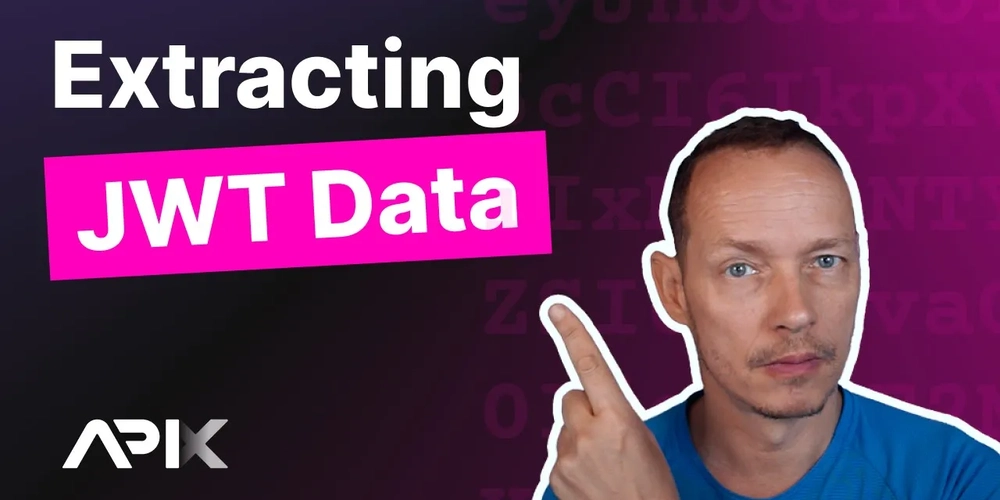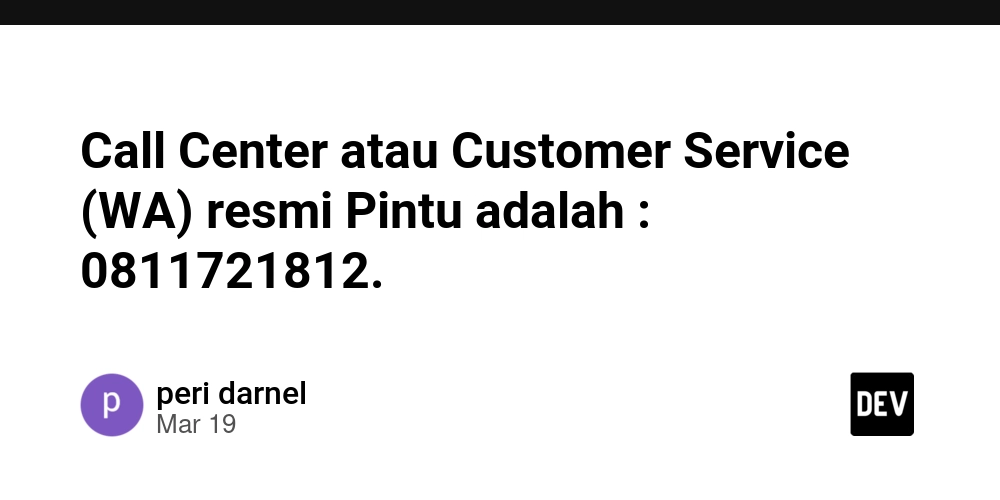Tutorial: How to Extract JWT Data
What is a JWT? A JSON Web Token (JWT) is a compact, self-contained token in JSON format used to securely transmit information between parties. It commonly contains encoded payload data (claims) and a signature for integrity verification, ensuring that the token hasn’t been altered since it was issued. What Data is Stored in a JWT? A JSON Web Token (JWT) usually contains three parts: a header, a payload (claims), and a signature. The payload section often stores user-related data (e.g., user ID, roles, permissions), token expiration time, issuer, and other metadata needed by the application. Tutorial: How to Extract Data from a JWT In this demo, Josh shows how you can use Zuplo and it's built in auth policies to break open a JWT, forward details onto the backend and make custom rules to enforce access control. Length: 6 minutes

What is a JWT?
A JSON Web Token (JWT) is a compact, self-contained token in JSON format used to securely transmit information between parties. It commonly contains encoded payload data (claims) and a signature for integrity verification, ensuring that the token hasn’t been altered since it was issued.
What Data is Stored in a JWT?
A JSON Web Token (JWT) usually contains three parts: a header, a payload (claims), and a signature. The payload section often stores user-related data (e.g., user ID, roles, permissions), token expiration time, issuer, and other metadata needed by the application.
Tutorial: How to Extract Data from a JWT
In this demo, Josh shows how you can use Zuplo and it's built in auth policies to break open a JWT, forward details onto the backend and make custom rules to enforce access control.
Length: 6 minutes












































































































































































![[The AI Show Episode 142]: ChatGPT’s New Image Generator, Studio Ghibli Craze and Backlash, Gemini 2.5, OpenAI Academy, 4o Updates, Vibe Marketing & xAI Acquires X](https://www.marketingaiinstitute.com/hubfs/ep%20142%20cover.png)



























































































































![[DEALS] The Premium Learn to Code Certification Bundle (97% off) & Other Deals Up To 98% Off – Offers End Soon!](https://www.javacodegeeks.com/wp-content/uploads/2012/12/jcg-logo.jpg)


![From drop-out to software architect with Jason Lengstorf [Podcast #167]](https://cdn.hashnode.com/res/hashnode/image/upload/v1743796461357/f3d19cd7-e6f5-4d7c-8bfc-eb974bc8da68.png?#)









































































































.png?#)

































_Christophe_Coat_Alamy.jpg?#)
 (1).webp?#)




































































































![iPhone 17 Pro Won't Feature Two-Toned Back [Gurman]](https://www.iclarified.com/images/news/96944/96944/96944-640.jpg)
![Tariffs Threaten Apple's $999 iPhone Price Point in the U.S. [Gurman]](https://www.iclarified.com/images/news/96943/96943/96943-640.jpg)





































































































































